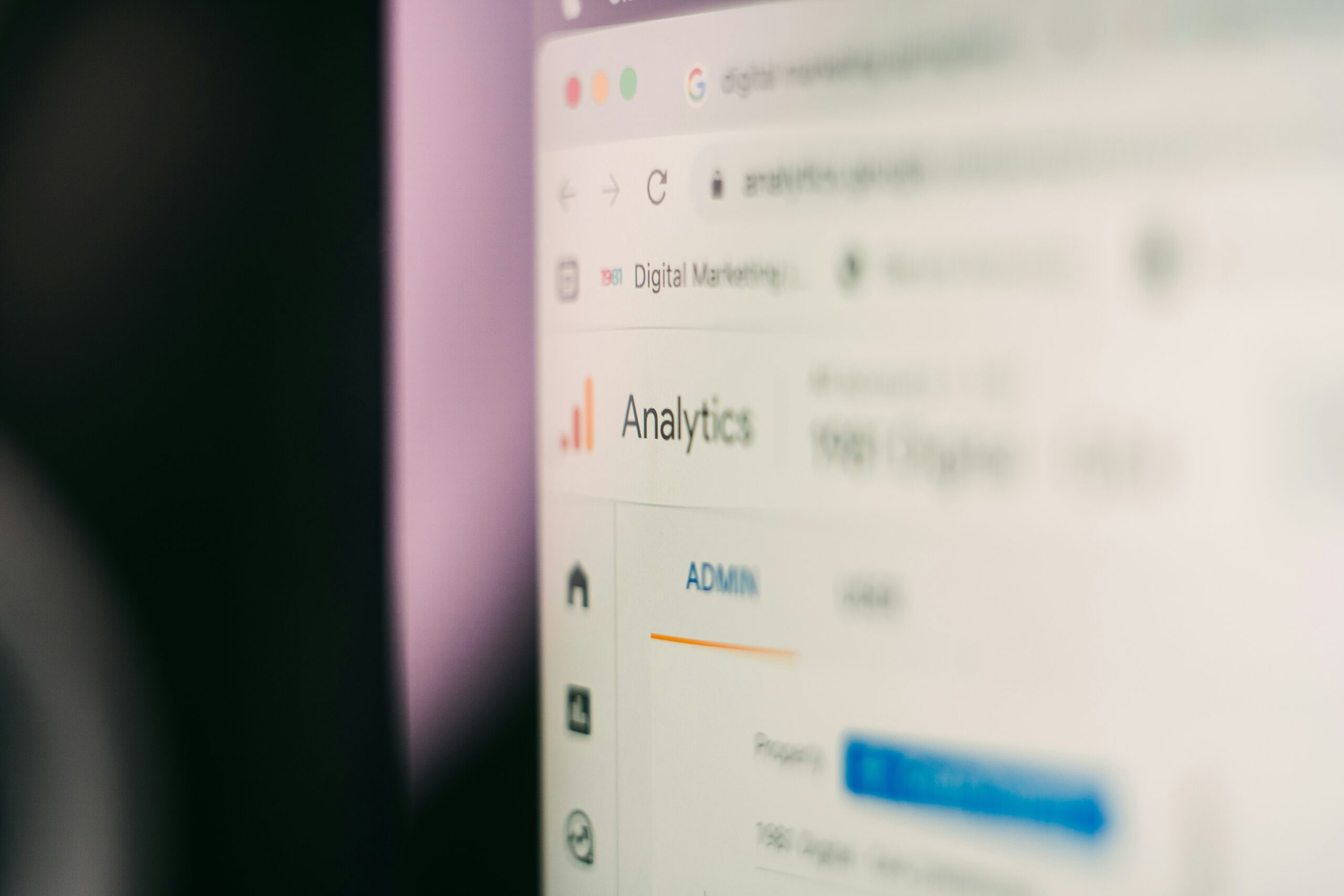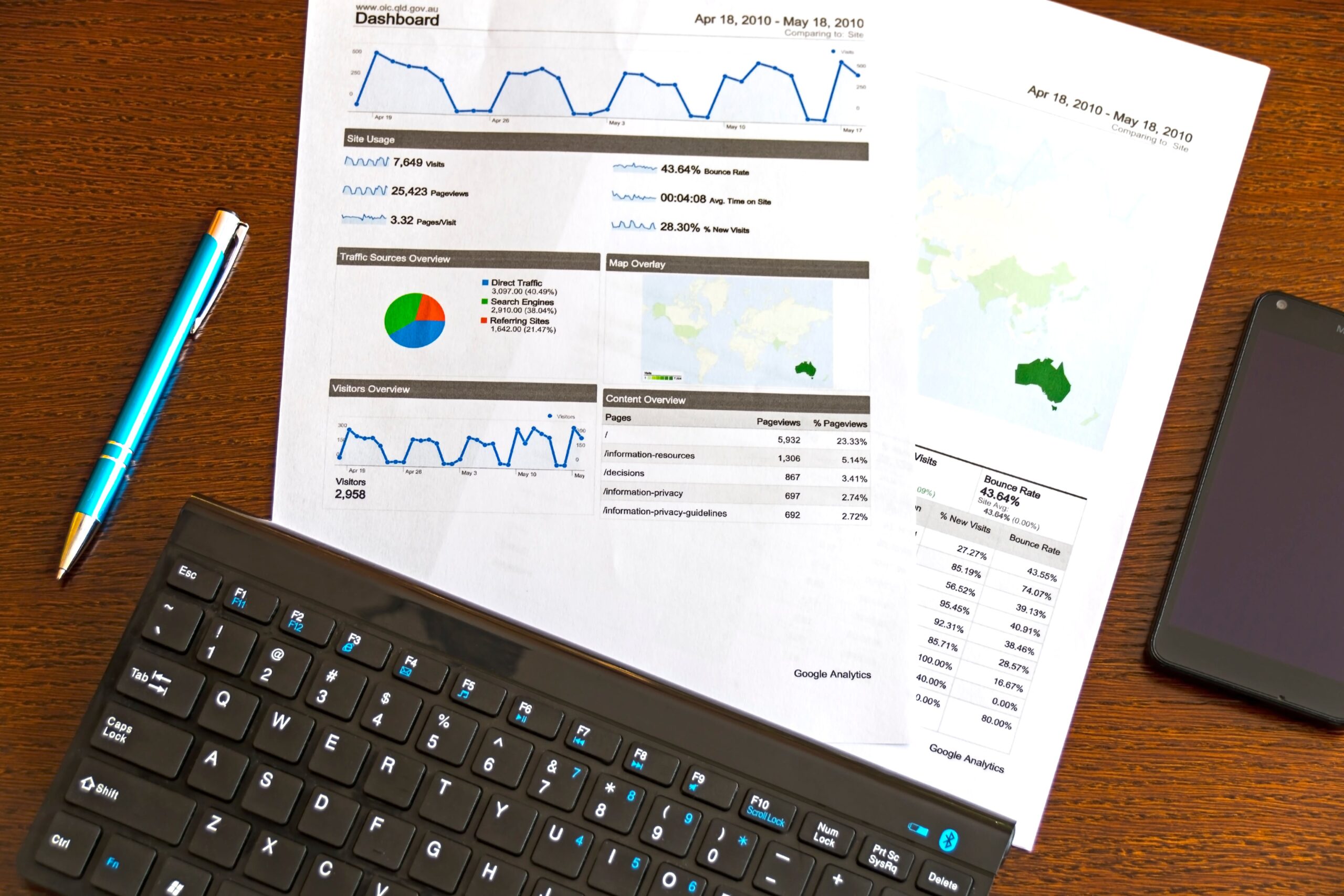News
The top 8 secrets to creating a landing page that converts
By agency@nmg.group | November 20, 2023

Today, so much of the digital world is saturated with thousands of websites, which is why a well-crafted landing page can be the linchpin of your online marketing strategy. Landing pages are not just web pages; they are the gateway to your business, the digital handshake that welcomes potential customers and guides them towards taking the desired action.
Whether your goal is to generate leads, sell products, or promote an event, a high-converting landing page is essential. But how exactly do you get your landing page to convert? Here are NMG’s top ten secrets to creating landing pages that convert visitors into customers.
1. Understand your audience before crafting your landing page
Before diving into landing page design and content creation, it’s essential to have a deep understanding of your target audience. Knowing your audience well means that you can tailor your landing page to appeal to your demographic.
If you’re stuck trying to break down your audience, think about the following questions to break down your demographic so that it’s more manageable.
Who is your ideal customer?
Your ideal customer is someone who aligns perfectly with your product or service offerings. They are likely to be part of your target demographic, sharing characteristics such as age, gender, location, and interests. Understanding your ideal customer allows you to tailor your landing page to resonate with them.
What are their pain points and needs?
Your ideal customer faces specific challenges and needs that your product or service can address. These pain points may include frustrations, unmet desires, or unresolved issues that they are actively seeking solutions for. By identifying and addressing these pain points, you can demonstrate the value of your offering on your landing page.
What motivates them to take action?
Motivation for your ideal customer to take action can stem from various factors, including a desire for improvement, fear of missing out, or a need for convenience. Understanding these motivations allows you to craft compelling messaging and calls to action on your landing page, encouraging them to convert and take the desired action.
Another useful method you can use to understand both your audience and your conversion funnel is the AIDA acronym.
- Awareness: Visitors become aware of your offer.
- Interest: They develop an interest in your product or service.
- Desire: They feel the desire or need for your offering.
- Action: Finally, they take the desired action, such as signing up or making a purchase.
By answering the above questions, you’ll gain valuable insights into what messaging and design elements will resonate with your audience.
2. Qualify your visitors with strategic questions
One powerful way to enhance your landing page’s conversion rate is by incorporating qualifying questions. These are questions that help you segment your audience based on their preferences or needs.
For instance, if you’re selling software, you could ask, “Are you a beginner or an experienced user?” This allows you to tailor your message and offers to each segment, increasing the likelihood of conversion.
Remember to keep these questions concise and relevant. Too many questions can overwhelm visitors and lead to abandonment.
3. Start with a clear and focused funnel
A well-designed landing page should guide visitors through a conversion funnel. A funnel is an eCommerce term that illustrates a buyer’s journey as they make their way through your site and eventually make a purchase.
Essentially, the funnel is a metaphor that shows the decline of your potential customers as they travel along the conversion path. The conversion funnel is divided into the following stages:
The upper funnel
At the top of the funnel, users are embarking on their product research journey. They may still be uncertain about technical specifications and their exact product needs. This stage often involves comparing different brands to determine which one aligns best with their requirements.
The middle funnel
As users progress to the middle of the funnel, they have gained familiarity with popular brands. Some might have even subscribed to email campaigns to receive product information. Their expectations are clearer, and they prioritise brands that promise value and quality, dismissing those that don’t meet their criteria.
The lower funnel
In the lower funnel phase, users have made their brand choices and are now seeking reviews and customer feedback to solidify their purchasing decision. Employing remarketing strategies and optimising for long-tail keywords becomes crucial to remain prominent in their decision-making process.
Each element of your landing page, from the headline to the call-to-action (CTA) button, should align with these stages, making the conversion process seamless and logical.
4. Create a super valuable lead magnet
Your lead magnet is the cornerstone of your landing page. It’s the bait that entices visitors to take action. A lead magnet is an attractive incentive, such as ebooks, webinars, or discounts, offered by businesses to entice potential customers into sharing their contact information, typically their email address.
But in today’s digital landscape, not just any lead magnet will do. You must offer something exceptionally valuable to capture your dream customers’ attention.
Conduct extensive customer research
Gain a deep understanding of your target audience. Observe online conversations and engage with them one-on-one when possible.
Identify the most painful problem
Listen to your audience’s complaints and identify the most common and pressing problems they face.
Offer a solution
Create a lead magnet that not only addresses the problem but provides a practical solution. Think of it as if you were crafting a paid product.
Align with your sales funnel
Ensure your lead magnet relates to the problem your frontend offers addresses, creating a seamless transition.
The format of your lead magnet should consider factors such as your content delivery strengths, the traffic source, and audience preferences. For instance, video-based lead magnets may work better for niches focused on physical skills, while text-based formats are suitable for blogs. Start with a minimum viable version and invest further as you see interest grow.
5. Choose the right lead generation funnel
With a valuable lead magnet in hand, you need to choose the appropriate lead generation funnel.
The squeeze page funnel
A simple funnel where a squeeze page collects email addresses in exchange for the lead magnet, followed by a thank you page.
The reverse squeeze page funnel
This funnel includes a video on the squeeze page that visitors can watch without providing their email address, offering some value upfront.
The webinar funnel
Utilises webinars as the lead magnet, with registration pages, thank you pages, the webinar itself, and product order pages.
The choice of funnel depends on your lead magnet’s format and your comfort level with different mediums. The squeeze page funnel is a versatile default option, while the reverse squeeze page and webinar funnels are more specific and can be highly effective for certain types of lead magnets.
6. Follow best copywriting practices
The copywriting on your landing page plays a pivotal role in conversion. Well-crafted copy establishes credibility by showcasing expertise and offering social proof through testimonials. It also captures the attention of visitors, making sure they don’t leave the page and when written well, SEO-focussed copy will communicate the value proposition of the product or service you’re offering, helping visitors see exactly how it can meet their needs.
Craft a compelling headline
Your headline should convey the primary benefit of your offer clearly and concisely. Emphasise how your lead magnet addresses a specific problem and improves the visitor’s life.
Emphasise benefits over features
Focus on the benefits your lead magnet provides, rather than its features. People act based on what’s in it for them.
Provide social proof
Incorporate testimonials, reviews, and endorsements to build trust and credibility. Social proof assures visitors that others have benefited from your offering.
In essence, good landing page copy is the linchpin that transforms curious visitors into engaged customers.
7. Test your free offer with paid ads
Validating your lead magnet’s appeal is crucial before investing heavily in it. Start by running paid ads on platforms like Facebook, Instagram, LinkedIn, or others favoured by your target audience. Monitor the response to gauge interest.
- If your lead magnet resonates, focus on scaling your ad campaigns.
- If it doesn’t, evaluate whether it’s the lead magnet itself, your landing page copy, or the quality of your traffic causing the issue.
- Remember that it might take multiple iterations to find a lead magnet that genuinely connects with your audience.
Remember that refining your lead magnet strategy often involves several iterations to discover the one that truly resonates with your audience.
8. Use A/B testing to optimise your landing page
Optimisation is an ongoing process. Implement A/B testing to fine-tune your landing page for better results. A/B testing, also known as split testing, is a method used in marketing and web design to compare two versions (A and B) of a webpage or element to determine which one performs better in terms of achieving a specific goal, such as increasing conversions, click-through rates, or engagement.
- Create two variants of your landing page, differing only in one element (e.g., CTA button colour).
- Split your traffic and direct half to variant A and half to variant B.
- Let the experiment run until it reaches statistical significance.
- Analyse the results and keep the version that converts better.
- A/B testing helps you identify what works best for your audience and incrementally improve your conversion rate over time.
By randomly presenting these variations to different users and analysing the resulting data, businesses can make data-driven decisions to optimise their content, design, or strategies for improved performance.
High-converting lead generation with NMG
At Narwhal Media Group, we excel in tailored lead-generation strategies, particularly in the home, health, wealth, and business sectors.
Our unique approach not only captures and nurtures potential customers within these niches but also employs demand-generation techniques to broaden your business’s appeal. We have an experienced in-house content team who can craft engaging landing page content to attract potential customers and guide them through that all-important sales funnel.
Contact us today to unlock the potential of specialised leads in these sectors and elevate your business together.
ACCREDITATIONS






